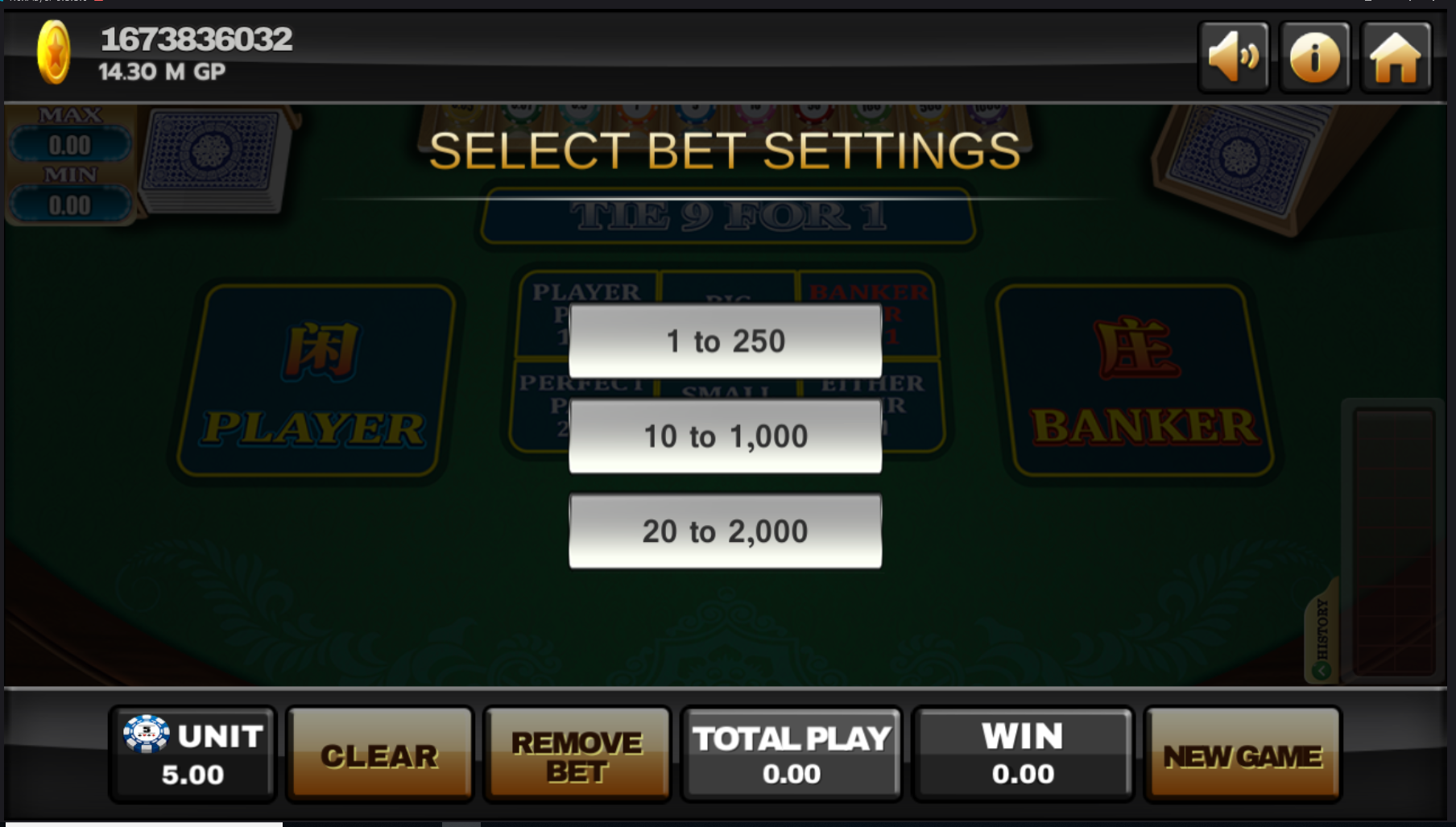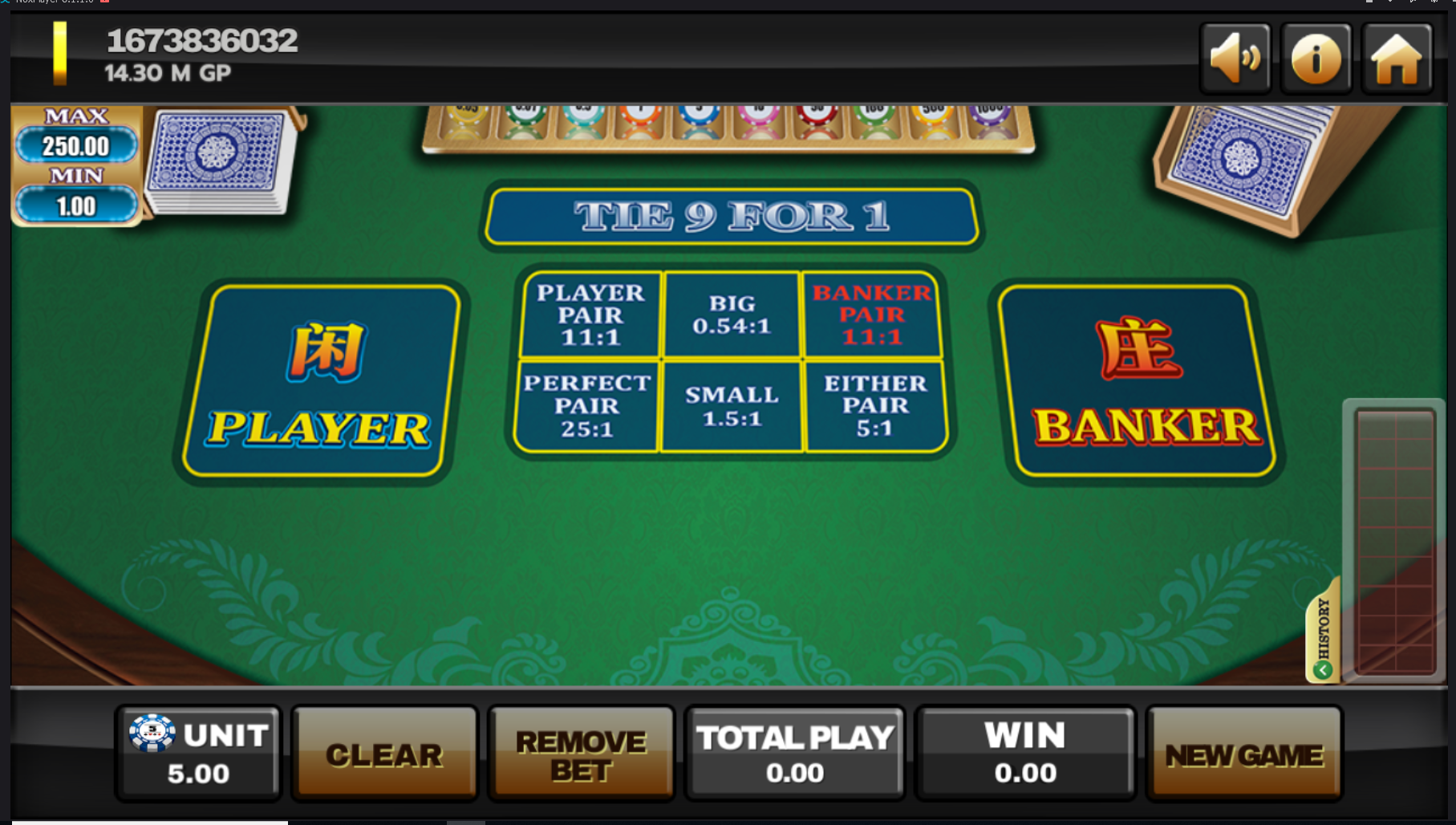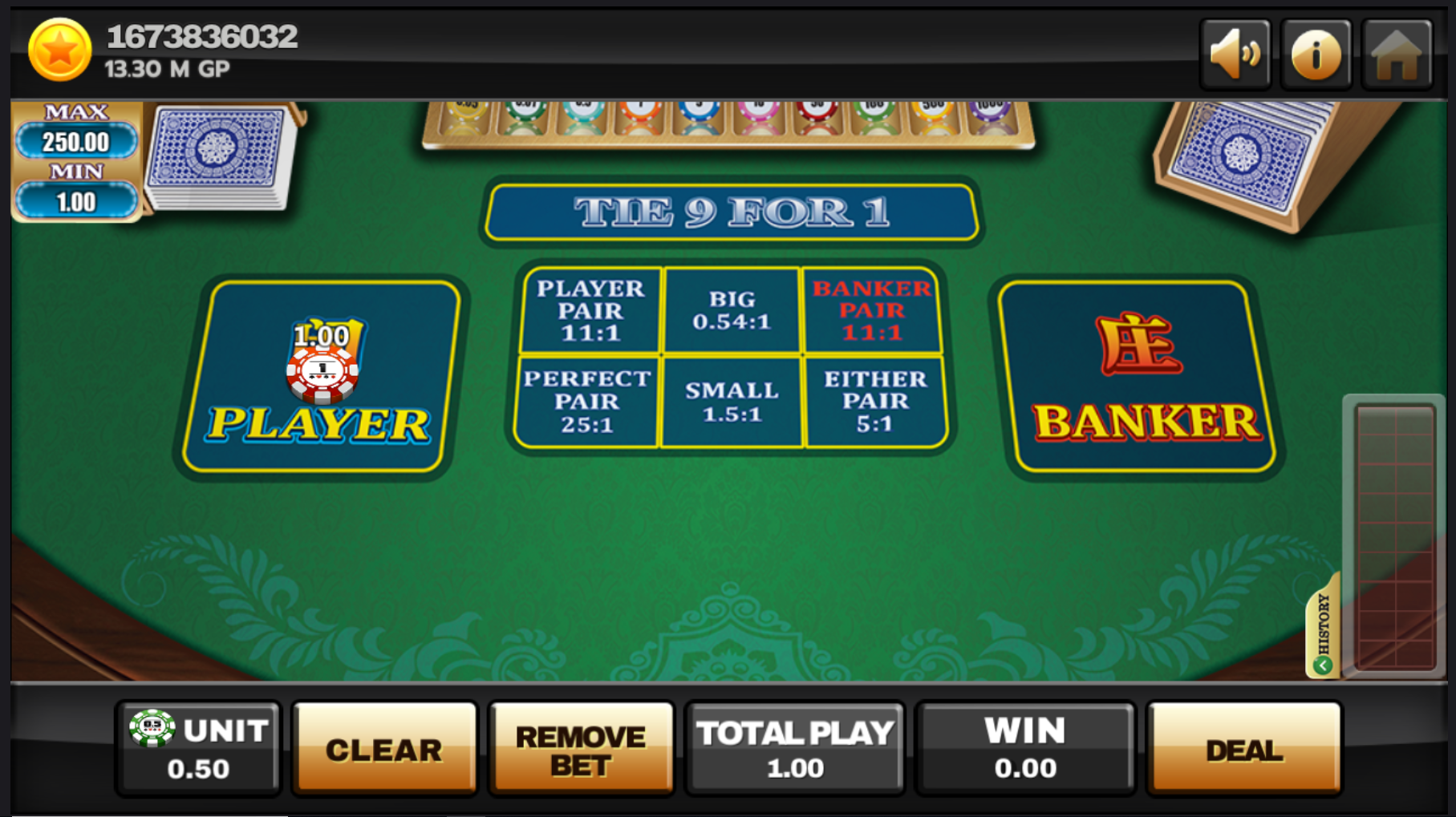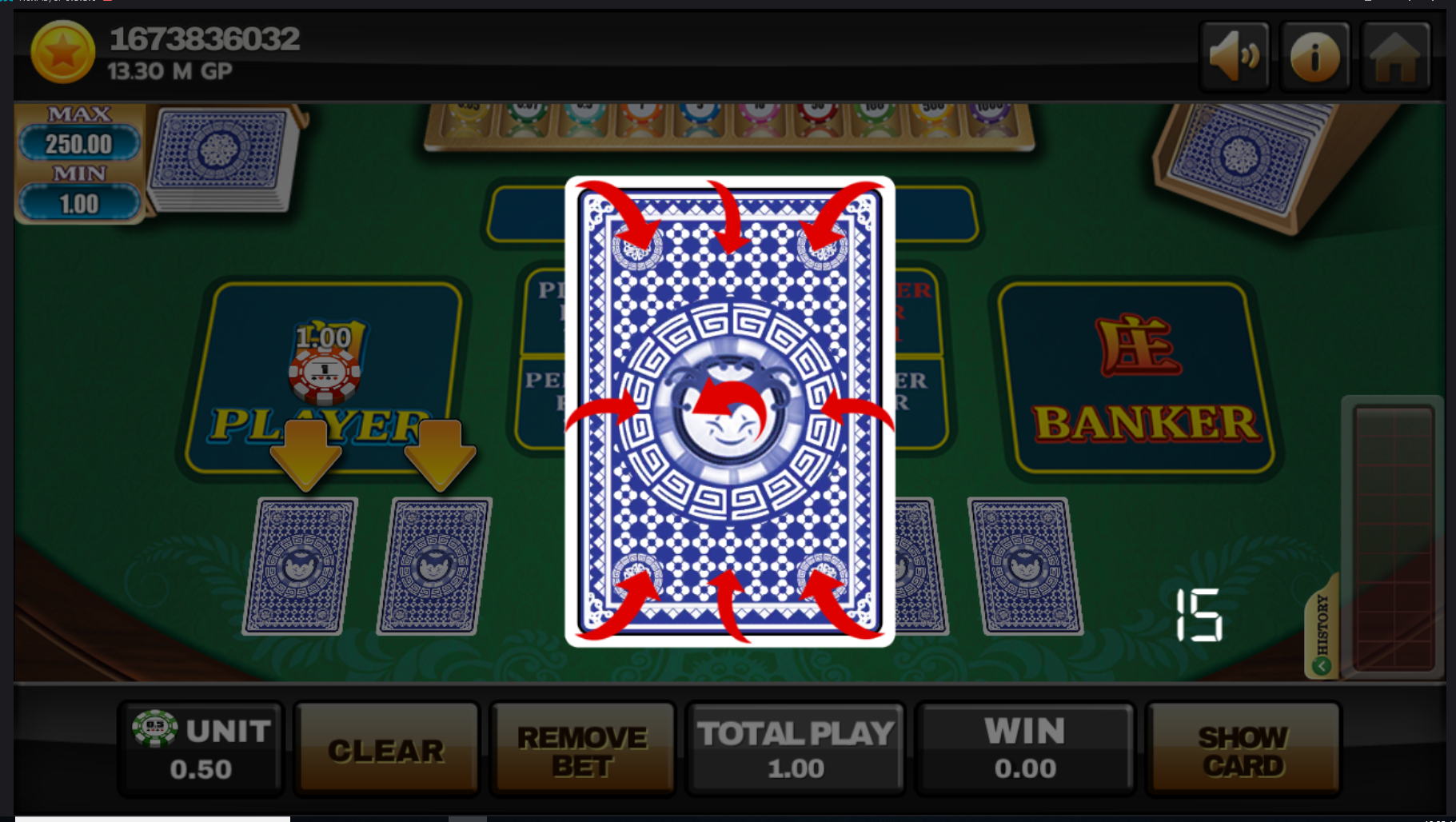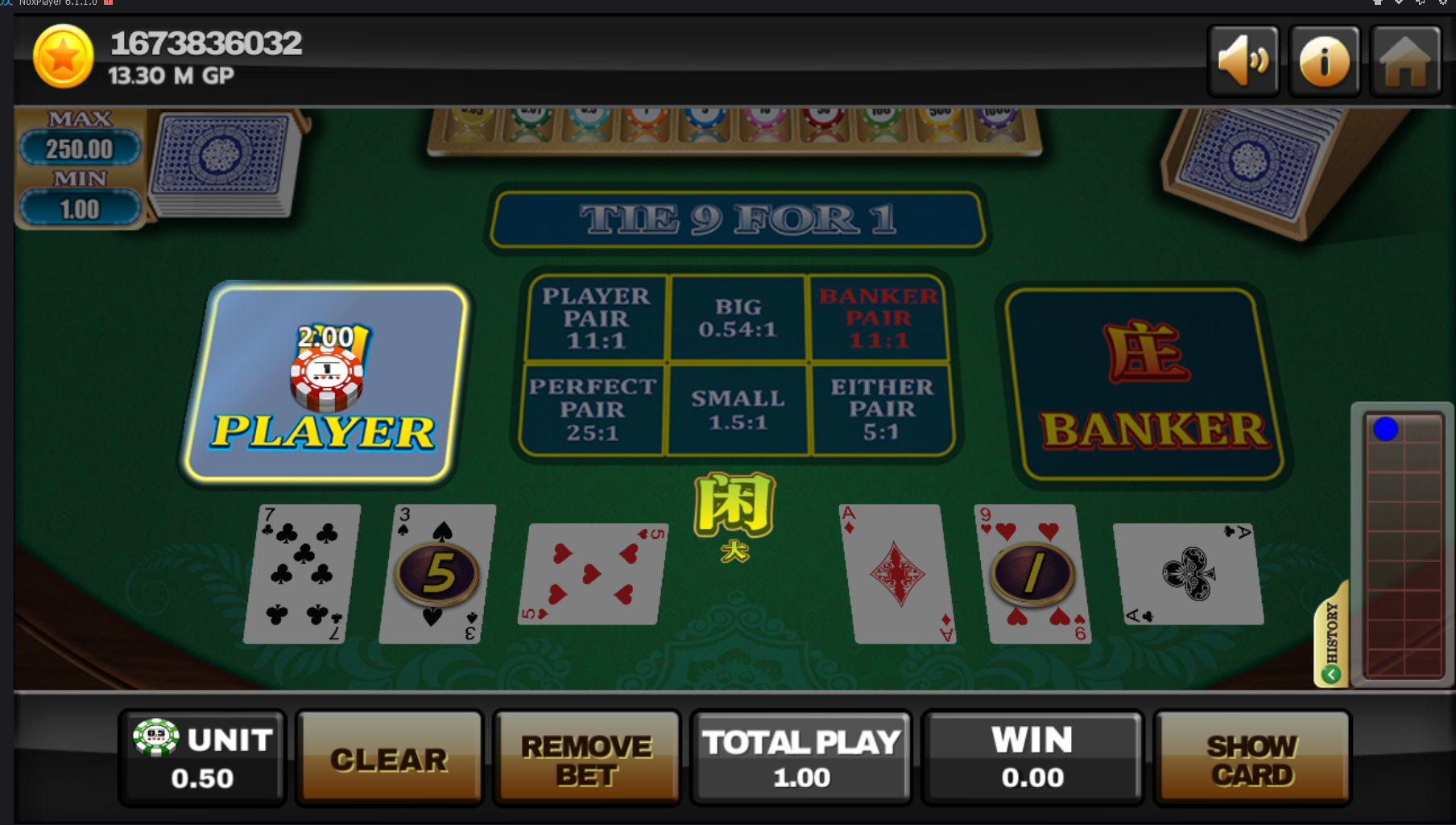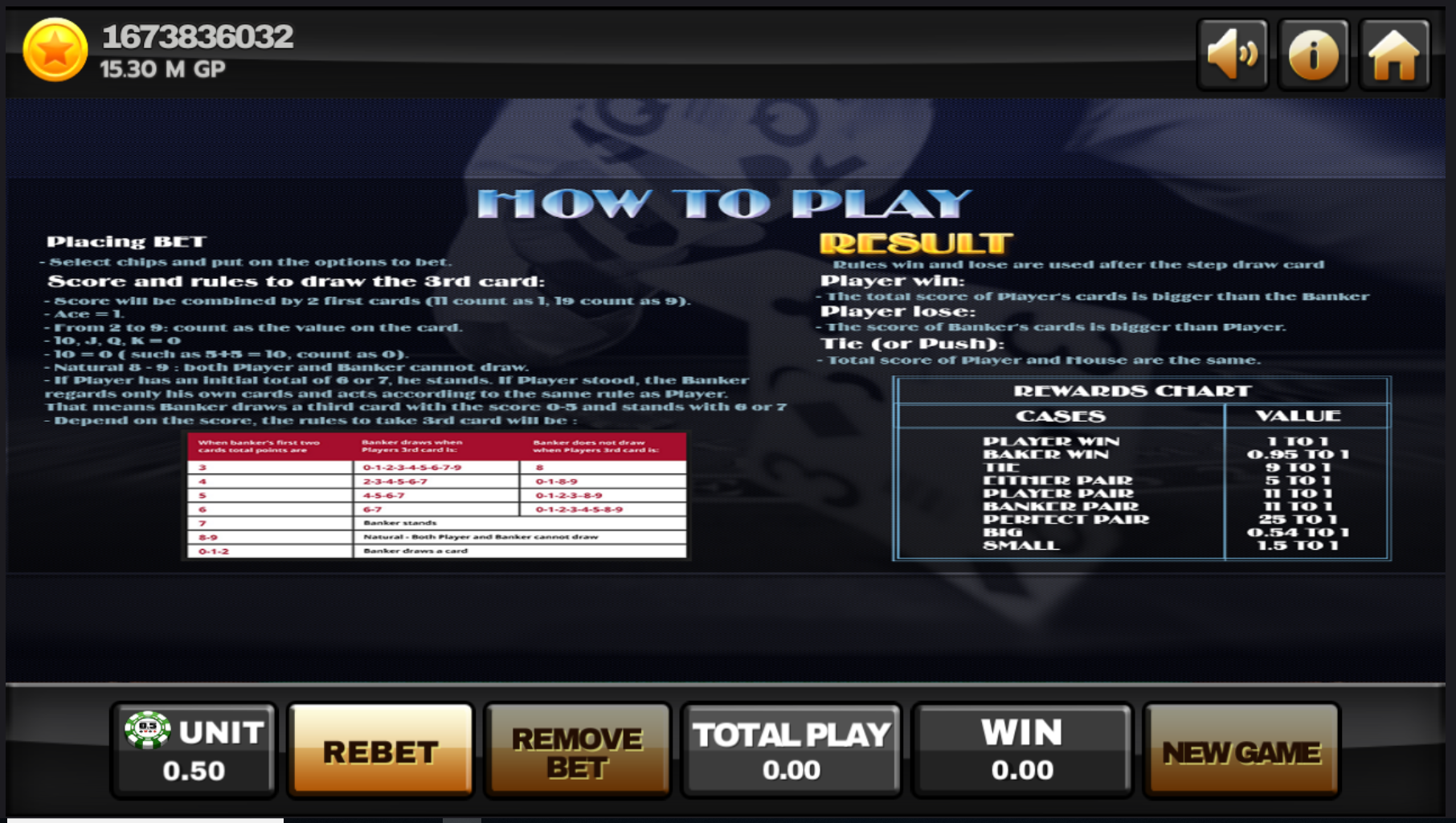Baccarat
Baccarat is a card game of comparison between the two players "player" and "banker". Each baccarat coup (a round of competition) has three possible outcomes: "player" (the player scores higher), "banker" and "tie". There are three popular variants of the game: Ponto Bank (or "North American Baccarat"), Baccarat chemin de fer (or "chemmy"), [1] and Baccarat Bank (or àdeux tableaux). In punto banco, each player's actions are forced by the cards the player issues. In contrast, in baccarat chemistry games and baccarat games, both players can make choices. The odds of winning are good for the bank, and the house advantage is not less than 1%.
How to play
Then, the dealer turns the cards face up (each player gives the dealer and the dealer two cards), and the sum of the hands closest to the nine wins. If you bet on the player's hand, and the closest to 9 points, the profit is only twice your bet.
If you bet on the dealer and win, you will pay 95% of your bet. When the number of cards dealt is greater than 9, you must add the two together and then lose one (or two) to get the value.
For example, the hands that deal a 9- and 7-card combination will be 16, and the value in the game is 6 if the first number is dropped.
Here are some other rules that can help you win the ace of baccarat games:
If the player or dealer gets a total of eight or nine cards, then the player and dealer are standing.
If the total number of players does not exceed five, the player will receive another card. Otherwise, the player will stand.
If the player stands, the dealer hits a total of 5 or less.
The final betting option is a draw, with an odds of 8 to 1. Conveniently, there are also a few sheets of paper on the table for you to track the score.
